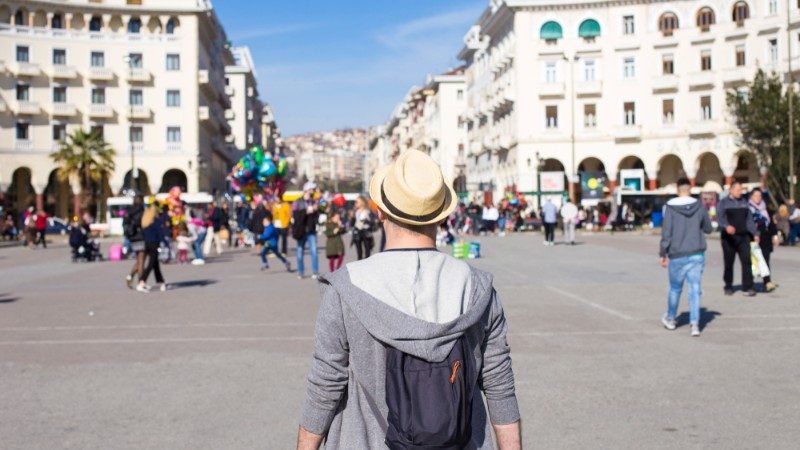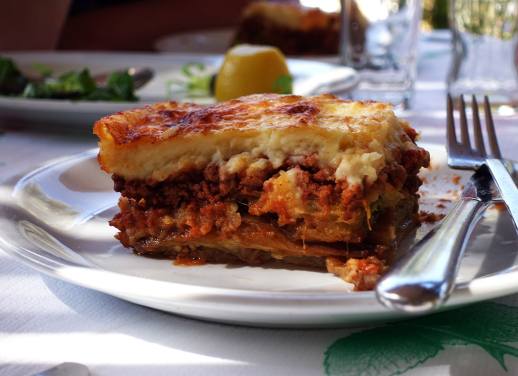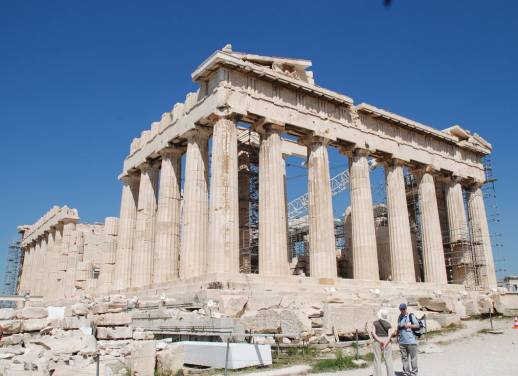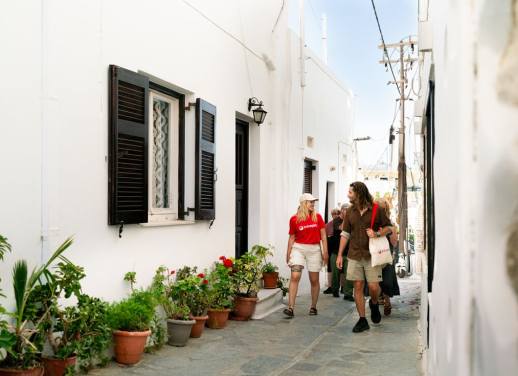Thessaloniki is a curious case among Greek cities. Lively, youthful, chaotic and – sometimes – romantic, it is a city that invites you to go slow and enjoy the ample sea view.
Greece’s second-largest city is a place of exceptional gastronomy, rich history and many contradictions. It’s up to you to discover them all.
Thessaloniki through the ages
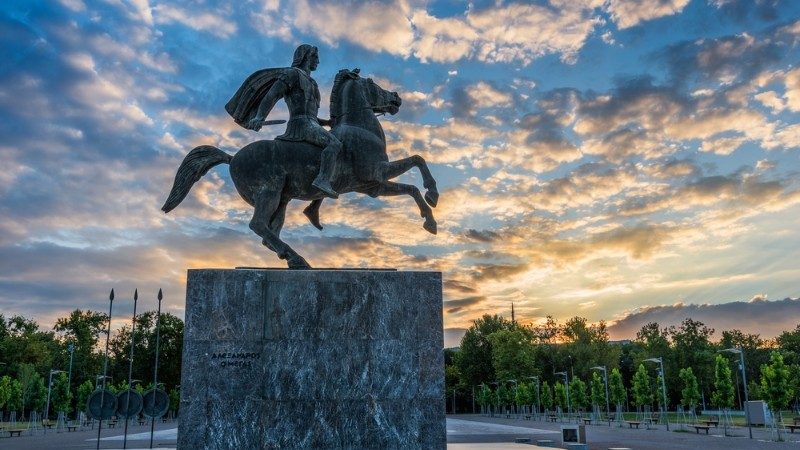
Photo by YK.
When we’re talking about Greek history, the spotlight justifiably goes to Athens. However, few cities in Greece can claim an unbroken link between their past and present. In Thessaloniki, history is not just a series of tourist monuments; it is woven organically in the cityscape, ready for you to uncover.
Cassandrus, a former general of Alexander the Great founded Thessaloniki back in 315BC. He correctly estimated that the city’s natural port within the Gulf of Thermaikos would make it an important trade centre. But trade alone wasn’t what made the city great.
RELATED: WHY I’M SO GLAD I CHOSE A GROUP TOUR OF GREECE
Thousands of ships would arrive in the city, full of goods, supplies, but most importantly people and new ideas. Wealthy merchants, refugees, adventurers and intellectuals from all over the world would call Thessaloniki their home, giving it a cosmopolitan atmosphere that still permeates its streets.
The city remained an important centre throughout the years of the Roman occupation, and the emperor Galerius even turned it into its base of operations in the third century AD. Buildings like the Rotunda and the Arch of Galerius still stand to this day and are famous landmarks of Thessaloniki.
Jerusalem of the Balkans
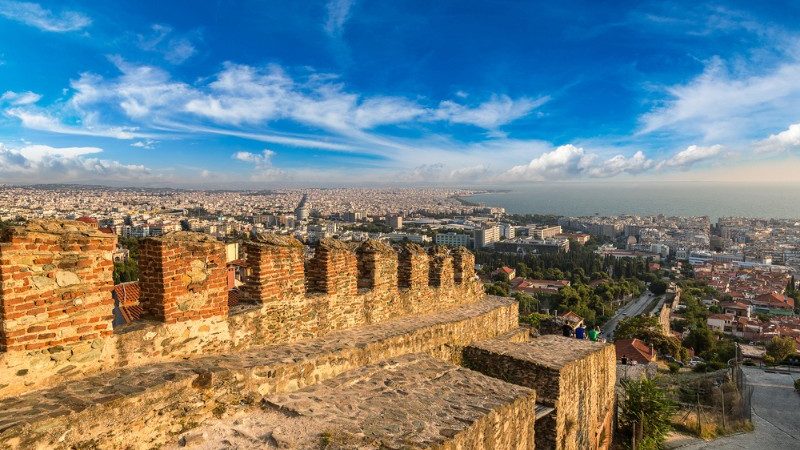
Photo by S-F.
Of all the different nationalities that populated Thessaloniki, it was the Jewish population that played a crucial role in its development. After being persecuted out of their Spanish homeland in 1492, around 120,000 Spanish-Jewish refugees would seek asylum by the Ottoman sultan and were welcomed with open arms. 15,000 of them stayed in Thessaloniki, making it their second home.
EXPLORE GREECE ON A SMALL GROUP ADVENTURE WITH US NOW – DETAILS HERE
Until 1941, the city would be known as the “Jerusalem of the Balkans”, as half of its population was of Jewish descent. For more than 400 years, Thessaloniki remained a melting pot of religions, nationalities and languages. Foreign travellers would write that each neighbourhood was like a small nation on its own, with different traditions depending on the area.
What not to miss in Thessaloniki
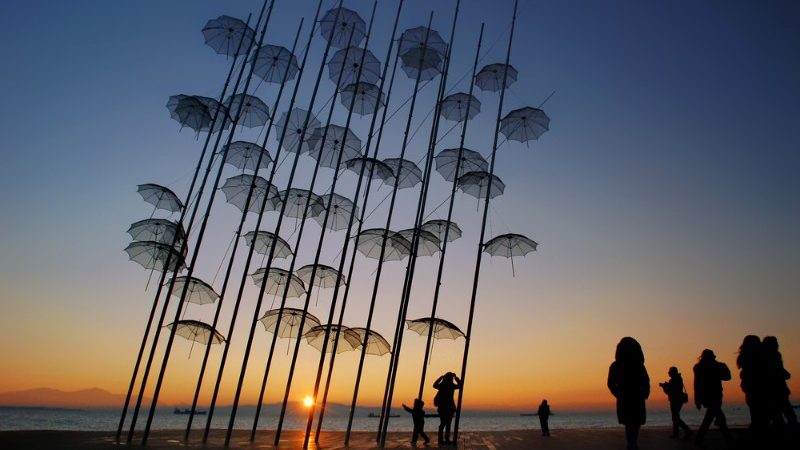
Photo by istergio.
Although Thessaloniki is not as multicultural as it once was, traces of its past are still visible today. Parts of the old city walls are scattered on the perimeter of the city centre, outlining what used to be the edge of the ancient fortifications. Follow them uphill to find yourself lost in a maze of narrow streets and traditional houses.
SUBSCRIBE TO INTREPID’S NEWSLETTER FOR TRAVEL TIPS, COMPETITIONS, GIVEAWAYS & MORE
The Old Town (Ano Poli) and the castle (Heptapyrgion) of Thessaloniki form the quaint part of the city, with fantastic views of the area and the port in the distance below. In an otherwise bland city centre, it still holds a lot of old-timey character. The difference between the old and the modern part is striking, as the mass of concrete in downtown gives its place to cosy houses and picturesque restaurants. Ano Poli is not as touristy as you might expect and it is a perfect spot for a springtime outing.
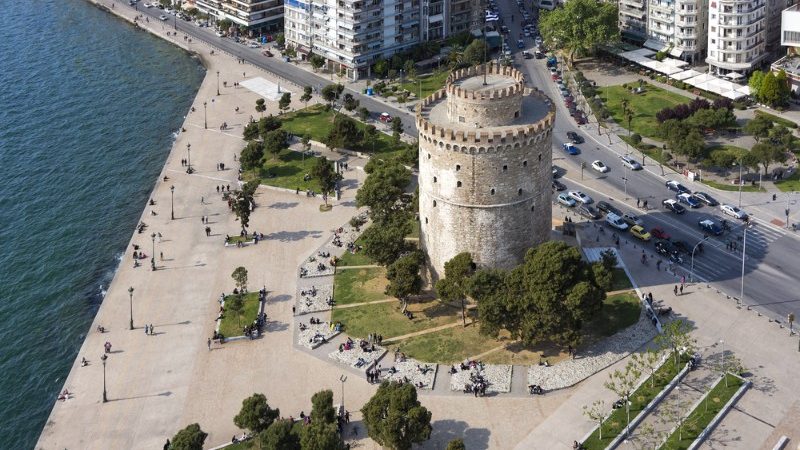
Photo by airphoto.gr.
Even though the centre of the city is not as pretty, it still has a lot of things to see and do. The seaside promenade is a great way to meet the city’s most famous landmark: the White Tower. On a sunny day, you will see thousands of people walking around and enjoying a coffee in one of the countless bars across the waterfront. Don’t forget to visit the Kapani market for some cheap organic produce and to get a taste of everyday life in a city that has food in its DNA!
Where to eat in Thessaloniki
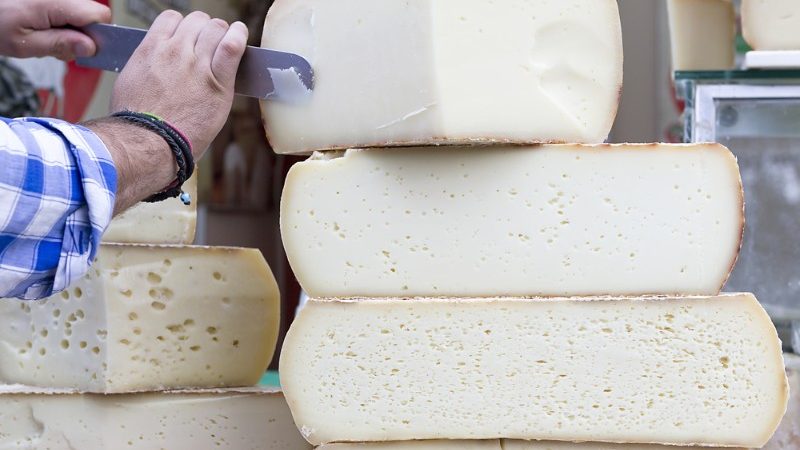
Photo by Ververidis Vasilis.
Food is a core part of the Thessaloniki experience. Nowhere else in Greece is eating out as sophisticated, affordable and delicious. Whether it is traditional Greek dishes, a hearty breakfast, or fusion cuisine you like, there is something around town to satisfy just about every palate.
RELATED: VISITING GREECE? HERE’S WHAT YOU NEED TO EAT
If you want to explore the city from early on, try out some of the brunch dishes in Estrella or Ergon Agora. If you are out for lunch, head to Extravaganza, Sempriko, Nea Folia or Vari Peponi for a unique take on Greek and international cuisine. For a more authentic local fast food experience, try the meatballs in Vomvidia or indulge in some traditional fish and chips in one of the restaurants down by the port – just don’t forget the garlic sauce and Greek salad!

Photo by PitK.
There are equally plentiful dessert options around town as well. Treat yourself to a custom profiterole from Choureal or visit Armenonville for traditional Armenian ice cream. Just across the street, you’ll find Konstantinidis, the home of the best crunchy mille-feuille in Thessaloniki. If you want to try some traditional treats, visit Galifianakis for some creamy custard pie (galaktoboureko) or Chatzis for its original recipes made with buffalo milk.
Discover Thessaloniki on one of these small group adventures in Greece now, or explore our full range of Greece adventures here.
Feature image by Zoran Temelkov.

